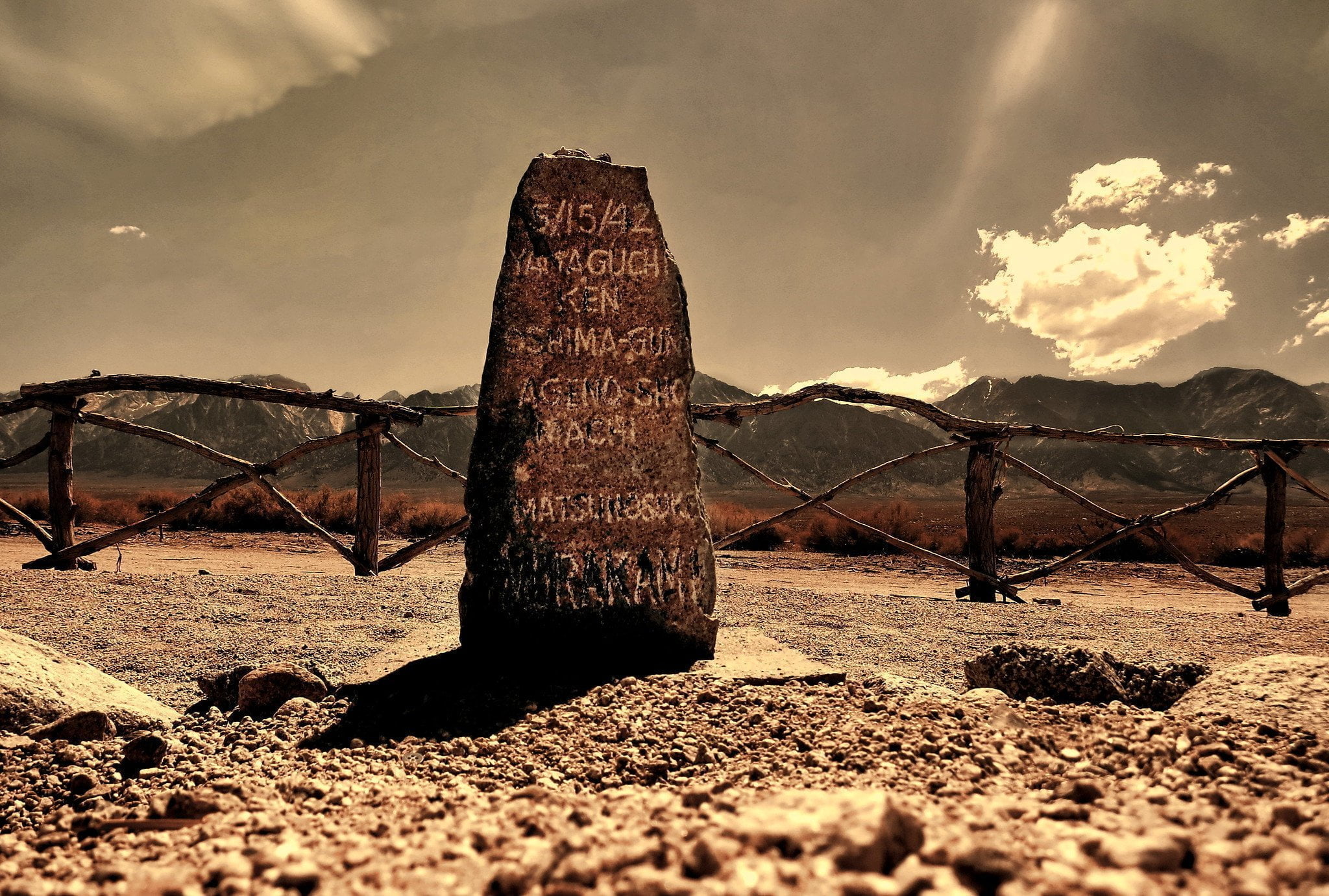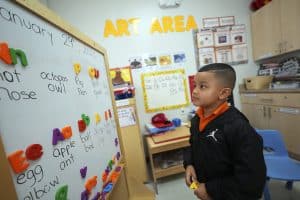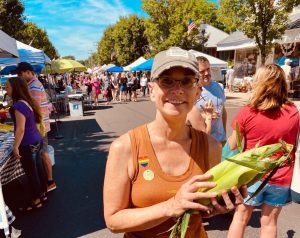Written by Kimi Waite
Between March 2020 and March 2022, there were 11,400 self-reported hate crimes against Asian Americans and Pacific Islanders across the country. Almost half of Asian Americans who reported hate incidents also reported depression and anxiety, with 72% stating that discrimination is their biggest source of stress.
Added to that stress is the public’s lack of awareness of Asian American cultures and history. A national survey of American adults of all racial and ethnic backgrounds found that 42% couldn’t name a historical event involving Asian Americans, and 58% couldn’t name a single prominent Asian American person.
I’m proud to be the granddaughter of a “Nisei” (second-generation Japanese American) veteran of World War II. Stories like my grandfather’s, along with around 33,000 other Japanese American soldiers, aren’t widely known.
My grandfather, Kazuo Yamane, was a member of the 100th Infantry Battalion, a racially segregated unit of around 1,400 Nisei soldiers. He also became one of 60 members of his battalion to be recruited to the Military Intelligence Service Language School at Camp Savage, Minnesota, an elite group recognized for their Japanese language skills who were trained in intelligence and linguistics.
In 1997, Yamane received the Legion of Merit Medal for “exceptionally meritorious conduct in the performance of duties which profoundly influenced the successful outcome of the war against Japan.” A year after his death, in 2011, the Nisei soldiers of World War II received the Congressional Gold Medal in recognition of their service.
The lessons from Asian American history, including the incarceration of Japanese Americans in the same period, offer a parallel to racial injustices today.
Take the current U.S. detention of child migrants and family separation, and the proliferation of immigrant detention centers, often in the same conditions and sites in which Japanese Americans were incarcerated during World War II. Japanese Americans were also among the first groups to receive redress and reparations from the U.S. government.
A recent PBS documentary, “Manzanar, Diverted: When Water Becomes Dust,” tells a story of interconnected historical dispossession: the dispossession of Indigenous lands; the forced removal and incarceration of Japanese Americans; and the over-extraction of natural resources like water by the Los Angeles Department of Water and Power.
As a teacher in California, I wrote lesson plans for the film that are available on PBS Learning Media, as well as an accompanying discussion guide available through American Documentary. They provide a critical framework for understanding and analyzing incarceration at Manzanar in a way that’s accessible to young people.
As preparations for the school year are approaching, New York is piloting an Asian American studies curriculum this fall — and Illinois, New Jersey and Connecticut have each passed legislation to start similar programs.
However, the ongoing Republican-backed book bans and attacks on critical race theory show that the fight for inclusive education is still ongoing. Vincent Chin’s murder 40 years ago mobilized Asian Americans to fight for civil rights. It is still painfully relevant for today’s Asian Americans who are pushing back against racism, violence and anti-Asian hate.
Resistance and civil disobedience throughout history, for civil rights and for the planet, resonate with today’s students. According to a study from the Yale Program on Climate Change Communication, millennials and younger adults are more likely to support organizations that engage in nonviolent civil disobedience than older generations. They are also more likely to personally engage in nonviolent civil disobedience to protect the climate when compared to previous generations.
Stories from Asian American history have crucial implications for today’s young activists: the legislative resistance from Fred Korematsu, Minoru Yasui, and Gordon Hirabayashi; and the activism of Yuri Kochiyama, Grace Lee Boggs, and Larry Itliong, to cite just a few.
The historical tradition of Asian American activism in the face of systemic injustices must be taught in schools. Our K-12 education is incomplete without it.
Kimi Waite is a Civics Environmental Education fellow with the North American Association for Environmental Education. She’s also a public voices fellow on the climate crisis with the OpEd Project and the Yale Program on Climate Change Communication.
This column was produced by Progressive Perspectives, which is run by The Progressive magazine and distributed by Tribune News Service.






